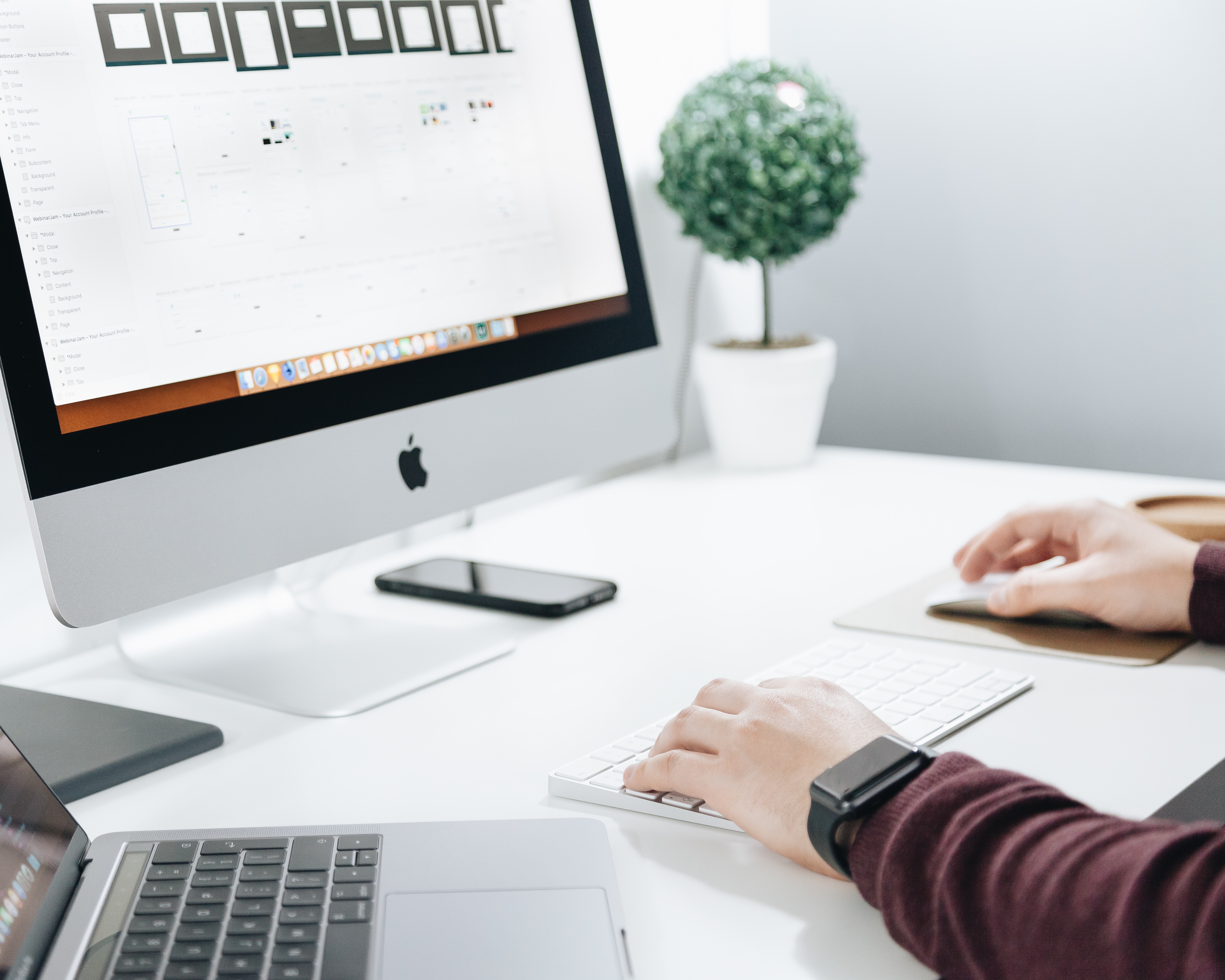‘How many of you have a FitBit?’ I ask a recent conference audience during a workshop.
Half of the participants raise their hands.
‘And if you have a FitBit, did your company give it to you?’
About 20 participants indicate that yes, their companies provided an individual FitBit device so they could more effectively monitor their health and wellness activity. My attendees are not unusual. Many organizations have jumped on the fitness bandwagon, encouraging employees to track their daily exercise and caloric intake and sometimes compete against one another for incentives. First one to 10,000 steps gets a free lunch!
The FitBit device can tell how much you walk and, depending on your model, how much you sleep and raise your heart rate. There’s no doubt that wearable trackers are in their infancy, but they can already tell us other things too – things that have direct relevance to workplace performance.
According to a Quartz article penned by Narrative Science CEO Stuart Frankel, employees at the Japanese electronics company Hitachi wear sensors that determine, via a proprietary algorithm, how happy workers are based on how much time they spend sitting, walking, nodding, talking and typing throughout each day. And Bank of America has tested similar badge-based sensors with 90 call center employees. ‘The resulting data revealed that it was important for the company to allow group breaks, as employees would often troubleshoot their workplace problems,’ wrote Frankel. ‘Bank of America made a few adjustments to their culture policies and reported a 10 per cent improvement in productivity’ (Frankel, 2016).
Right now, most companies are content to give employees basic FitBits in their choice of style and color. But by 2030, most professionals will wear a badge that does a lot more than track steps. Future advancements will allow for a total customization of every employee’s role to maximize productivity every moment of every day.
Can you imagine, for example, a sensor that analyzes your productivity on work tasks in comparison to your colleagues? It might record that you write a client status report five times slower than your neighbor, but perform a budget analysis twice as quickly as another teammate. When the sensor reports this information to the team leader, will you have a choice as to whether you continue to write status reports, or will you be automatically assigned the task at which you are objectively superior?
Intelligent devices will, in time, have the analytical power to suggest how best to proceed with your role, including the specific tasks you should undertake and the order in which you should undertake them, the people you should tap to help you and what they should do specifically, and where you should focus your attention and energy at various times of the day to support your own work style and patterns. Already, my time management software tells me I spend too much time checking Facebook in the morning. I can’t wait for a future algorithm to determine that I shouldn’t bother to touch actual work until 10 am because I’m too tired to do anything besides surf the internet mindlessly.
In any case, as your device collects data about you, its insights will become more profound and useful – offering more ways to tap your strengths and distinguish you from the crowd. The analysis may even happen before you start working at a company. I recently heard about a technology being developed by MIT that uses a single programming task to predict how effective prospective IT recruits will be at various job-related tasks. Taking the concept of pre-employment assessment to a whole new level, this type of wearable could render the subjective job interview totally obsolete.
When I speculate about the future of wearables to my conference audience, the attendees are not amused. ‘That is so Big Brother,’ complains one George Orwell fan in the front row – who up to this point has been nodding and smiling. ‘I wouldn’t wear it,’ says a man in the back. ‘Maybe I like writing status reports. So what if I’m a little slower? Maybe my reports are much more thorough.’
These are good points, though. Smart wearables, with all the personal data they collect, do raise significant privacy concerns. Would employees have to agree to wear a badge, and give permission for the organization to use the data? If they don’t, could a company refuse to hire them? How are the data collected, who gets to access them and how can a company communicate with 100 per cent transparency about their intended use? Do data follow the employee from job to job? What happens if a productivity ‘profile’ gets into the wrong hands, and what’s the true definition of productivity anyway?
Whether we like them or not, I don’t think we’ll be able to stop organizations from large-scale wearable implementations – particularly as the bottom line benefits become more apparent. We just need to make sure companies proceed with caution, consulting with experts, piloting new technologies first, planning rollouts strategically, having open dialogue with employees, and examining the data to ensure the resulting customization improves on the current scenario for both worker and company.
The preceding is adapted from Humanity Works: Merging Technologies and People for the Workforce of the Future by Alexandra Levit ©2018 and published with permission from Kogan Page Ltd.
For more information, please visit: www.koganpage.com/humanityworks


